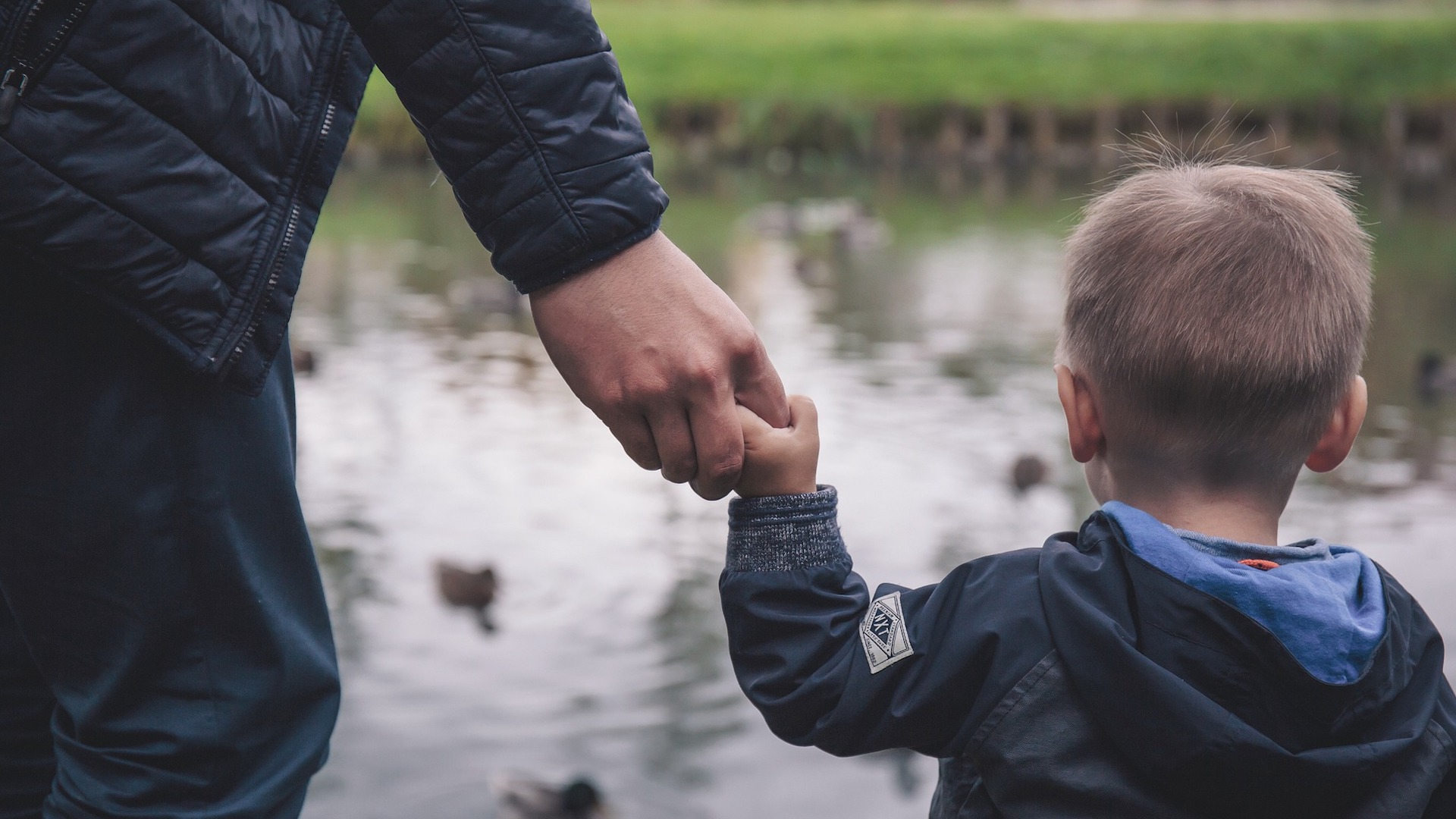As the UK’s largest debt advice charity, we see people from all backgrounds in financial difficulty coming to us for support. Yet among our client base, there is one demographic always overrepresented: parents.
Almost half of StepChange’s debt advice clients are parents with dependent children, and it’s not hard to see why, as living costs have soared in recent years, and those pressures are heightened for parents as they face the increased cost of clothing, additional food, childcare, and more, while often having to cut back on working hours due to caring responsibilities. It’s not surprising that many find themselves turning to credit to make ends meet.
- This is what life with the DWP’s two-child benefit cap looks like through a child’s eyes
- ‘My son lives without any joy’: How DWP’s two-child benefit limit is punishing children in crisis
Over 30 years on, the frontline has showed us that poverty and debt very often go together: people have difficulty meeting the cost of living, which leads to a reliance on credit, which then draws them deeper into difficulty. A debt trap. And our clients with children are often in households at greater risk of poverty, like single parents and larger families.
Among StepChange’s new clients with children in 2023, a quarter had three or more children, which is much higher than the UK figure of one in seven. It is unsurprising that our clients with more than two children have expenses that tend to be higher, and they are also more likely to have priority debts like housing, council tax and energy. It’s for this reason we are calling for the government to lift the two-child benefit cap at the autumn budget as the starting point for the child poverty strategy the government has committed to.
The Conservative government introduced the limit in April 2017, and it effectively means that affected families will miss out on up to £3,455 of support for each child subject to the limit. The cost of living crisis over the last few years has stretched household budgets, and our research consistently tells us that parents often cannot pay for basics, cannot afford to save and have little choice but to go into debt to cope with living costs.
Problems are particularly acute among families affected by both the two-child limit and benefit cap, and research suggests there is a clear link with the limit and poor mental health – a theme also picked up by our advisors on the phone day in, day out, as parents struggle to make ends meet. In modern Britain it is shocking that people are facing debt because of inadequate help in the face of exorbitant parenting costs.





